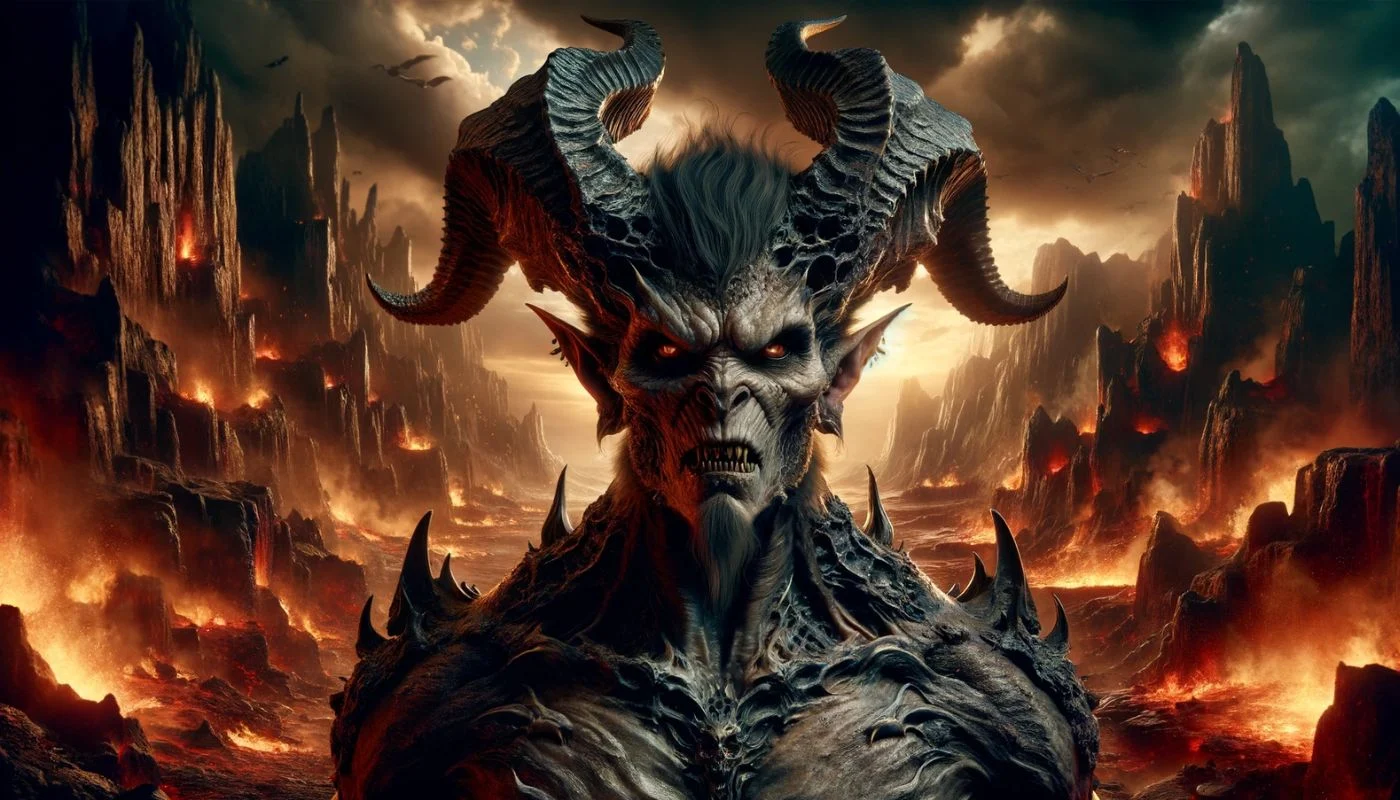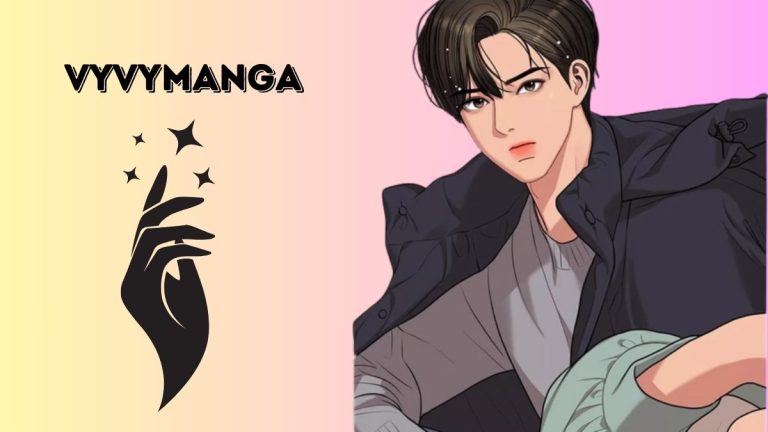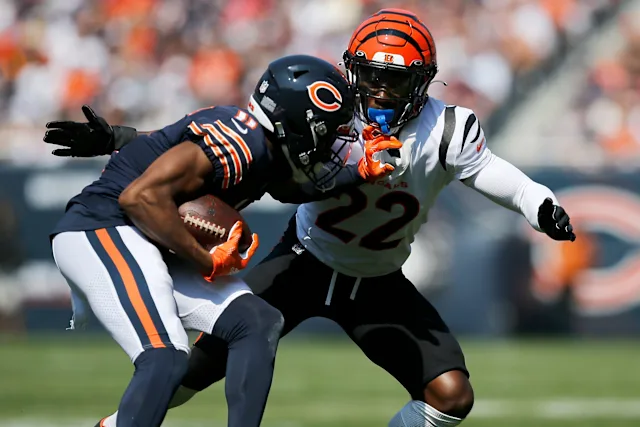Demon Names Female A Deep Exploration of Dark Mythology
Throughout history, demons have captured human imagination across cultures, religions, and folklore. While most people often associate demons with darkness, power, and chaos, many overlook the fact that numerous traditions also feature female demon names that carry their own significance. These names are not simply symbols of evil; they are also tied to mythological stories, cultural warnings, and archetypes of temptation, destruction, and sometimes even misunderstood protection.
From Mesopotamian legends to Japanese folklore and Christian demonology, female demons have been given striking names that still intrigue writers, artists, and researchers today. Many of these names represent deeper themes such as forbidden knowledge, punishment, seduction, or rebellion against societal norms. By understanding them, one gains insight not only into ancient belief systems but also into how humans process fear and the unknown.
This article takes a closer look at the most fascinating demon names female figures across cultures, explains why they became powerful archetypes, and explores how they are represented in modern literature, entertainment, and pop culture.
Why Female Demon Names Matter
The concept of female demons isn’t just about villains or dark spirits—it reflects how cultures perceived femininity, danger, and power. These names often embody archetypes that remain relevant in today’s storytelling.
- Cultural Symbolism – Female demons often symbolize forbidden desire, untamed nature, or retribution.
- Gender Representation – While male demons are linked to brute force or war, female demons often embody seduction, cunning, and subtle destruction.
- Modern Usage – Writers, gamers, and filmmakers frequently use demon names female lists to craft powerful characters with mystique.
By studying these names, we can better understand cultural psychology and how societies encoded fear into mythology.
What Are Female Demon Names
At their core, female demon names are titles or labels given to supernatural female entities believed to embody evil, chaos, or temptation. These names are deeply rooted in mythologies and religious texts and often carry symbolic meaning.
Common traits of female demons across different traditions include:
- Seduction and Desire – Many are portrayed as enchanting women who lure men to destruction.
- Punishment and Vengeance – Some punish wrongdoers or appear as warnings against moral failings.
- Shapeshifting Abilities – Many demons transform between alluring women and terrifying monsters.
- Guardians of Forbidden Knowledge – A few are tied to secrets humans are not meant to know.
Examples include Lilith from Hebrew tradition, succubi from medieval lore, and Yuki-onna from Japanese folklore.
Which Female Demon Names Are Most Famous
Over centuries, countless female demon names have emerged in texts, folklore, and modern adaptations. Some stand out because of their striking symbolism and influence.
- Lilith – Often considered the first wife of Adam in Jewish mythology, she rebelled against subservience and became a night demon associated with lust and child mortality.
- Agrat bat Mahlat – A Hebrew demon queen associated with lust and sorcery, often grouped with Lilith.
- Naamah – Another figure in Jewish demonology tied to seduction and corruption.
- Lamia – From Greek mythology, she was transformed into a child-eating monster due to jealousy and tragedy.
- Eris – While technically a goddess of strife, later depictions align her with demonic qualities of chaos.
- Onoskelis – Mentioned in ancient texts as a female demon who seduced men and drained their vitality.
- Yuki-onna – From Japanese folklore, a snow spirit who appears beautiful but leads travelers to their frozen deaths.
These names carry immense cultural weight, making them popular in modern retellings, horror fiction, and gaming universes.
How Female Demon Names Influence Modern Culture
The fascination with demon names female extends far beyond historical texts. Modern culture continuously revives these names in creative storytelling.
- Literature – Gothic novels and fantasy books often use female demon names to symbolize forbidden love, darkness, or tragic power.
- Movies and TV Shows – Horror films frequently portray female demons as both terrifying and alluring (e.g., succubi).
- Gaming – Role-playing games like Dungeons & Dragons and popular MMORPGs use these names for villains, bosses, or powerful characters.
- Music and Art – Many musicians and visual artists incorporate these names into their work to symbolize rebellion or dark beauty.
For example:
- The name Lilith inspired the feminist “Lilith Fair” music festival.
- Succubi appear as recurring figures in video games like Diablo and World of Warcraft.
- Anime often blends Japanese demon lore with Western names, creating hybrid female demon characters.
Who Uses Female Demon Names Today
In modern times, the use of female demon names isn’t just confined to religion or folklore enthusiasts. Different groups draw upon them for various purposes:
- Authors and Screenwriters – To add authenticity and mystique to characters.
- Gamers and Developers – To create memorable antagonists or avatars.
- Occult Enthusiasts – Some practitioners incorporate these names into rituals or spiritual studies.
- Pop Culture Fans – Many adopt these names for usernames, cosplay, or creative projects.
This shows how demonology, once feared, now serves as a source of artistic inspiration.
Final Thoughts
Female demon names are far more than scary-sounding labels. They are fragments of human history, storytelling, and psychology that illustrate how societies defined danger, desire, and rebellion. From Lilith’s defiance to Lamia’s tragedy, these figures continue to inspire creativity and debate.
Understanding these names provides a deeper connection to cultural traditions while also shedding light on modern entertainment’s fascination with the darker side of mythology.
Clearing Up Confusion (FAQs)
Q1: Are all female demon names evil?
Not always. Some names represent misunderstood spirits or natural forces rather than outright evil.
Q2: What is the difference between succubi and Lilith?
Succubi are a general category of female demons who seduce men, while Lilith is a specific figure tied to Jewish mythology.
Q3: Why do modern writers still use demon names for female lists?
Because they add depth, symbolism, and historical resonance to storytelling.
Q4: Can female demon names be used positively?
Yes, in modern reinterpretations, some are seen as symbols of independence, rebellion, or empowerment.
Q5: Which culture has the most female demon names?
Jewish, Greek, and Japanese traditions stand out, but nearly every culture has at least a few.






